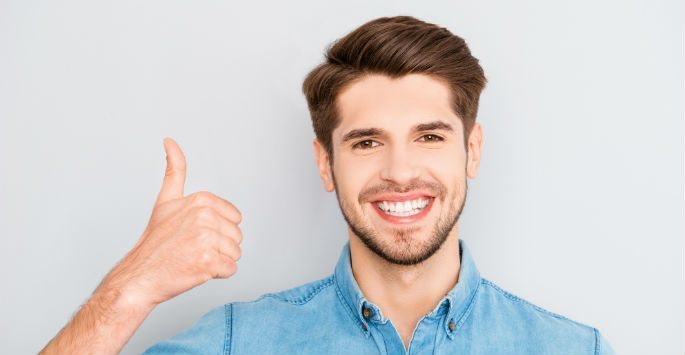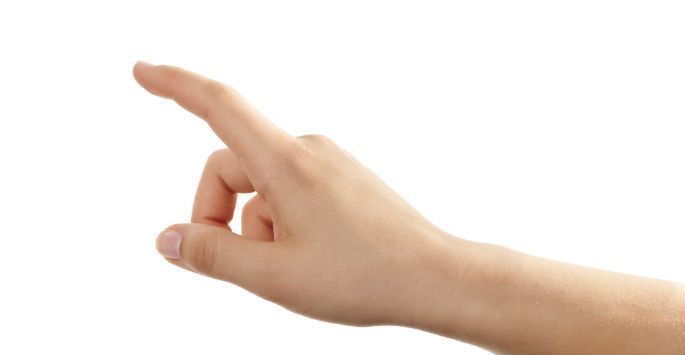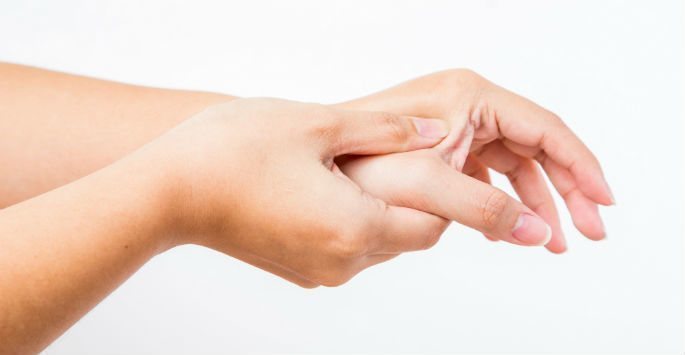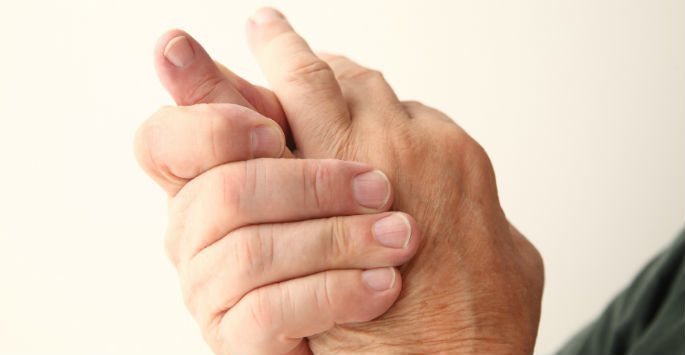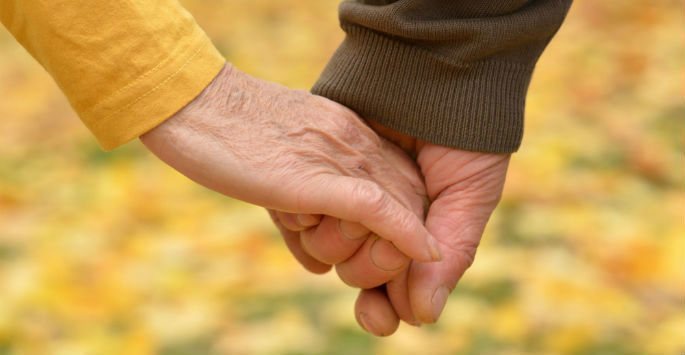Your hand is a marvel of design. The human hand has a level of flexibility and dexterity that no other tool on the planet can match. Even though scientists and researchers are trying to mimic the functions and movements of the hands, the artificial alternatives that they create fall far short from the reality. What makes your hands such a powerful tool is the series of nerves that you have in your hands, as well as nerves located in other parts of your body that are designed to control and provide strength to your hands. As such, if you are experiencing finger nerve damage, you will likely exhibit a number of uncomfortable symptoms.
An example of a nerve in the finger is the radial nerve. This is a nerve that goes under your arm, controlling your triceps muscle. This nerve is also responsible for the twisting moments in your wrist and your fingers. It is what gives parts of your hands their ability to feel things and to have different sensations.
If you injure the radial nerve, you may be left with what is known as radial neuropathy. There are a lot of ways that you could damage this nerve. These include physical trauma, exposure to toxins, or infection. Often times, you will know that you have this form of nerve damage because your hands and your fingers feel numb. They may feel like they are burning, or they may feel like they are tingling. Another indication that you are dealing with this form of finger nerve damage is a weakness in your fingers. You may not be able to move your fingers like you used to, or it may be difficult to twist your fingers. If the nerve damage is addressed, you will see the strength in your fingers return.
There are a whole host of ways that you can damage the radial nerve. They include breaking the bones in your upper arm, sleeping with your arm in a weird or awkward position, pressure put on the back of your arm because you’re sitting in a chair in an awkward position, damage caused by using crutches for an extended period of time, hurting your arm by falling, or having your wrist in a constricted position for an extended period of time.
It is possible to develop finger nerve damage by doing repetitive movements. These can include movements that require you to grasp something while swinging another thing back and forth. There are other conditions that can affect your entire body that might damage your nerves. For example, kidney disease, diabetes, and some forms of inflammation can damage the radial nerve, which can then affect the strength in your fingers.
It’s important to remember that your fingers do not have any muscles in them for movement. All of your finger’s ability to move and their strength comes from your forearm and triceps. When the nerve that controls these muscles is damaged, the effect is felt in your fingers.
If you are experiencing symptoms of finger nerve damage, make an appointment at Arora Hand Surgery as soon as possible. Contact us today at our office in Warren, Macomb, West Bloomfield, or Howell to schedule a consultation and learn about your treatment options.



